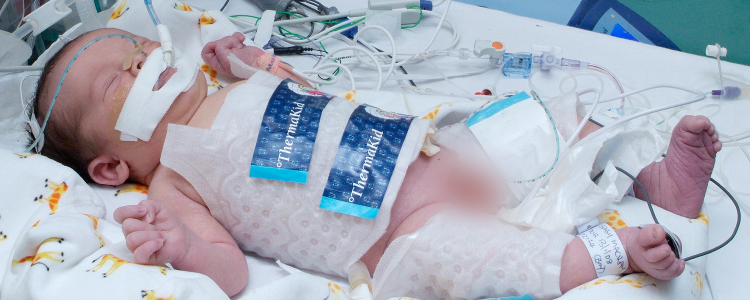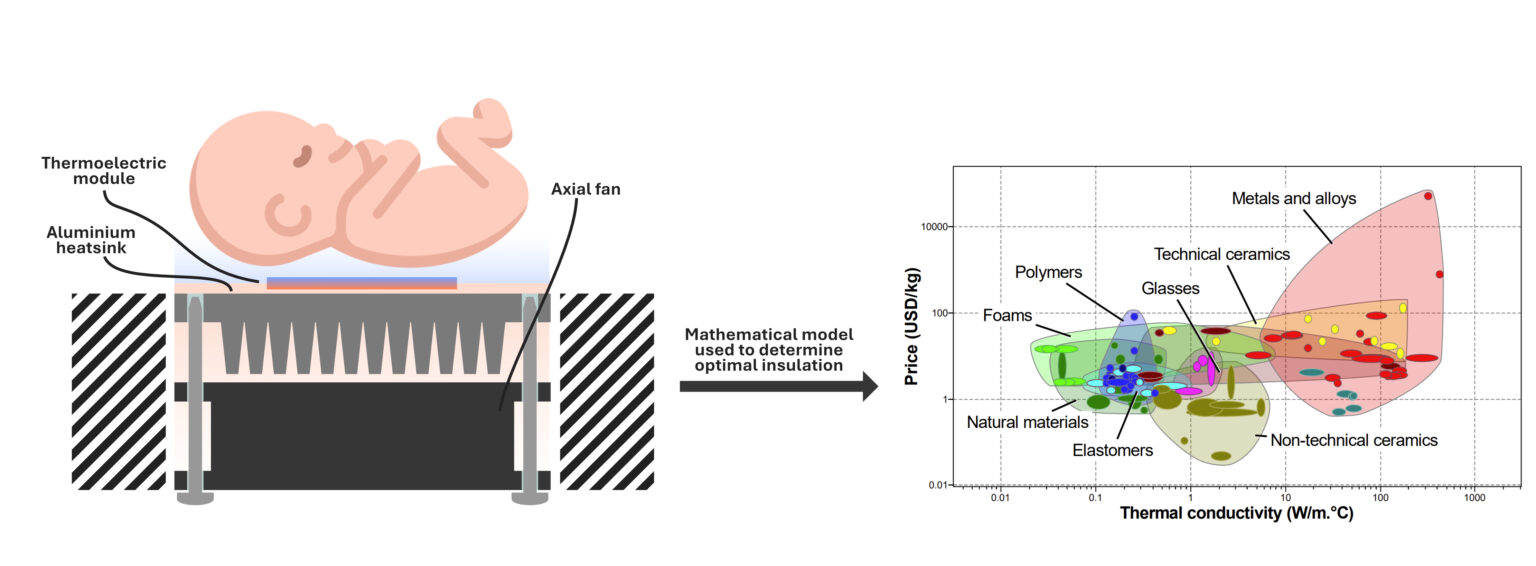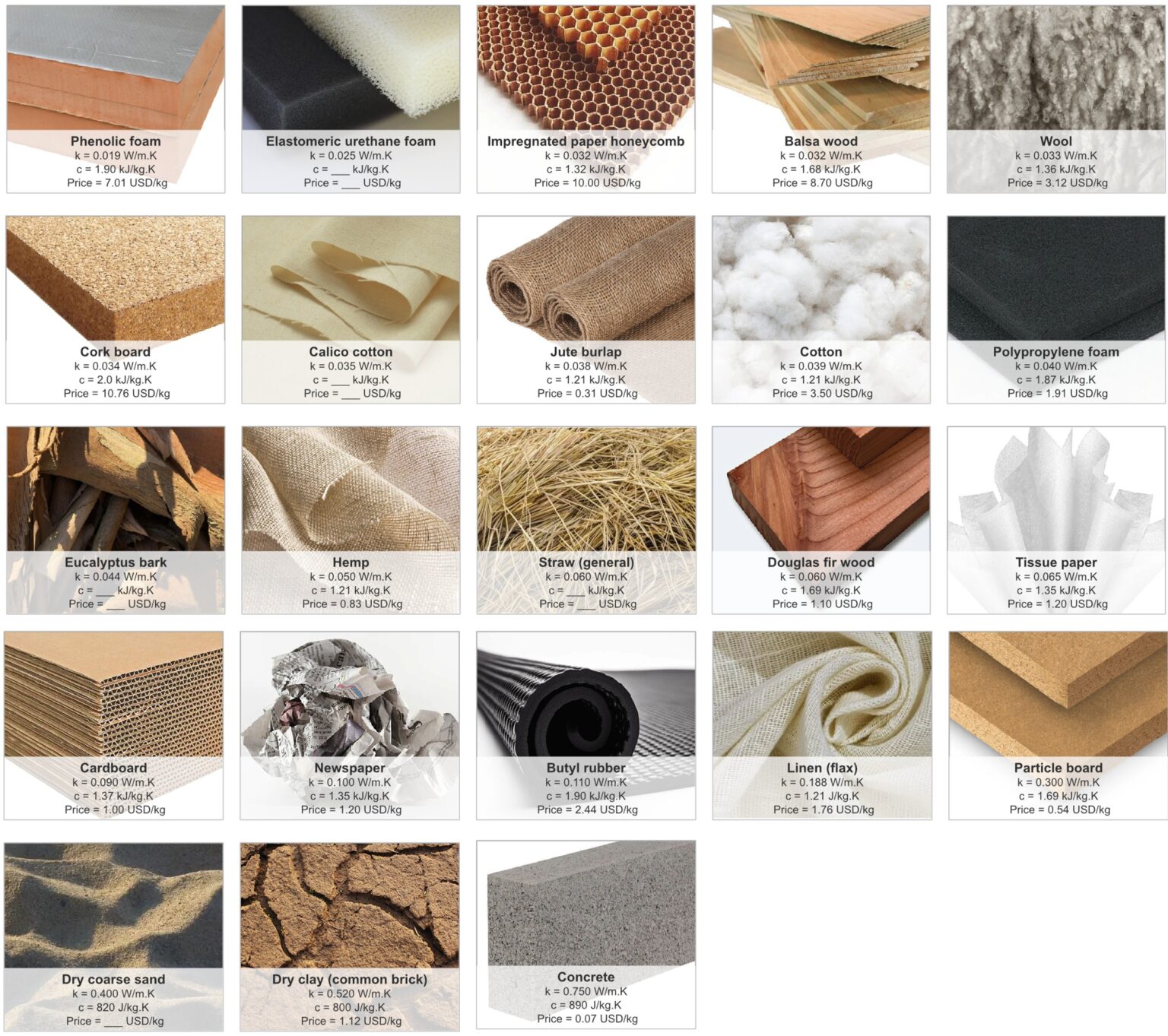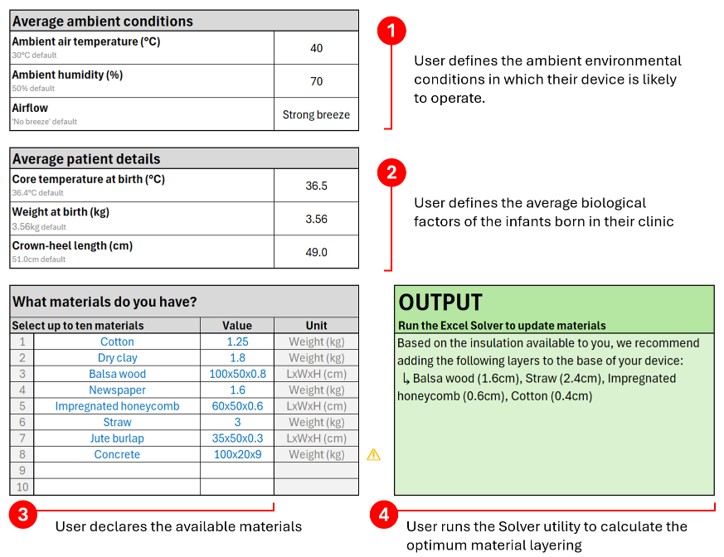MSc Product Design Engineering School of Design
Antoine Graham

Driven, detail-oriented, and diligent product design engineer with a passion for solving complex problems through hands-on exploration. I specialise in the development of medical devices and consumer electronic, blending advanced CAD, data analytics, and co-design strategies to deliver context-sensitive solutions. I thrive in collaborative, cross-disciplinary teams and enjoy pairing technical rigour with user-centric engineering.
Most recently, I’ve led projects involving reverse engineering, standards analysis, and lifecycle assessments with a focus on sustainable innovation in low-resource settings.
Works

V-IIB Thermal Medical
Contains discussions of infant mortality
Neonatal Hypoxic-Ischemic Encephalopathy is a type of brain damage caused by oxygen deprivation that kills 2.4 million infants annually. It disproportionately affects patients in Low-Middle Income Countries where limited access to prenatal care affects the management of prepartum risk factors responsible for birth asphyxia.
The preferred treatment is called ‘therapeutic hypothermia’, and involves dropping the infant’s core temperature to 33.5 degrees for 72 hours to avoid reperfusion injury.
However, existing solutions are prohibitively expensive and unable to operate in the arid climates of Sub-Saharan Africa.
Working closely with specialists in obstetrics and low-resource medicine, I reviewed existing treatment plans, conducted field interviews, developed a mathematical model of my thermal system, and built a functional prototype to validate my design per EN 60601-2-35:2021. The final solution induces Therapeutic Hypothermia in neonates using a low-cost cooling mattress that can be flat-packed for rapid deployment. Its connector-free frame allows for intuitive assembly by lay users, and the open-sourced hardware and firmware promote long-term repair in remote clinical settings.
See V-IIB in action on YouTube: https://www.youtube.com/watch?v=X9OA_bfxeZk

Neonatal ward

Therapeutic Hypothermia Treatment

Human factors



User testing

Thermal model

Material considerations

Optimisation software

